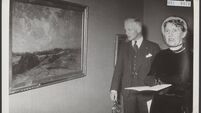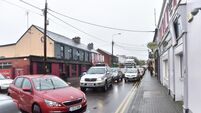Clodagh Finn: Give the arts a sporting chance with a daily slot on Six One News
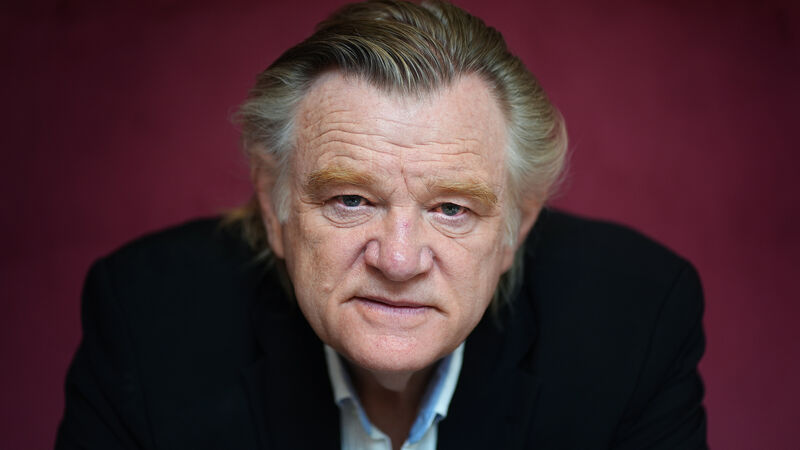
Actor Brendan Gleeson has called on RTÉ to temper the rolling news of war and horror with the levitator of a daily arts segment.
There’s a wonderful account in the life of Saint Lasair, a miracle-working holy woman of the early Irish church, that illustrates how revered — and feared — poets once were in ancient Ireland.
It describes how the saint was struck with terror one day when she saw “nine hungry poets and men of learning” come towards her looking for hospitality at a time when she had nothing to give them. She “blushed deep” and retreated to the chapel to pray fervently for help because she feared her failure to feed them would be immortalised in a stinging poem.
Her prayers were answered just in the nick of time; a nun materialised out of nowhere laden down with food and drink to offer the visitors.
I love the story because it’s told in one of the few surviving accounts of the life of a woman, “noble and honoured”, who had real religious power. It also offers a timely reminder that we once held poets, harpists and art-makers of all description in such high esteem.
Fast forward several centuries and that band of bards would find themselves in an Ireland where people working in the arts are “pushed into financial precarity, and even poverty”, to quote the National Campaign for the Arts.
In one study, the Campaign found that over 50% of those surveyed in October 2023 were struggling to afford basic things like food, clothes and heating, compared to 17% in the general population.
Those questioned were among the very many who did not benefit from the Government’s Basic Income for Arts, a pilot scheme that has supported 2,000 artists with a weekly income of €325 since 2022.
As the scheme draws to a close, the Government is asking the public for its view of the policy in an open consultation. Now’s your chance to speak up for the culture-makers before the September 5 deadline.
I’ve heard it said that the scheme offers money for nothing. And there are some who still think “the Arts” are somehow exclusive or, worse, the preserve of people with “notions”.
Well, here’s to people with notions because anyone who has ever read a book, felt the thrill of connection at a gig/concert, or been moved to tears/laughter in a theatre auditorium knows that culture is the polar opposite of elite; it is the pulse in the everyday that gives our lives meaning.
How wonderful, then, to hear actor Brendan Gleeson suggest that RTÉ introduce a daily arts section on the .
The actor, in his usual joyful, inspiring and convincing way, called on the national broadcaster to temper the rolling news of war and horror with the levitator of a daily arts segment.
It would, he said, ease anxiety and show people that there is good and proper kindness going around the world: “The arts are largely there to make people feel less alone.”
And, he said it would be a great testament to the late Seán Rocks, the much-missed presenter of , the arts and culture programme.
RTÉ might argue that it is already “supporting the arts”, as its popular slogan has it. It does indeed support the arts but not in the same way as it supports, say, sport. There is a daily sports section on Six One, so why not a daily arts section?
Indeed, in a week topped and tailed by two concerts in the sporting mecca that is Croke Park, it is crystal clear that sport and culture are just two sides of the same coin.
Close your eyes for a moment. The deafening roar, the turbo-charge rippling through the stands and the rising euphoria that greeted Oasis were exactly the same as the electric charge that runs through the stadium on All-Ireland day. There will be the same drama and emotion when Robbie Williams takes the stage tonight.
It would be interesting to do the sums too. The Oasis gigs led to a 9% rise in consumer spending, one headline said. Another recent report estimated that the Irish music industry contributed €1bn to the economy. Why, then, don’t we report on this profit-generating sector of our economy daily? We have daily business news, after all.
And it’s not as if there isn’t enough going on around the country.
This new and deliciously quirky festival was organised by artist Lisa Fingleton and Brilliant Ballybunion to highlight the potential of beans as a fun and climate-friendly food for the future.
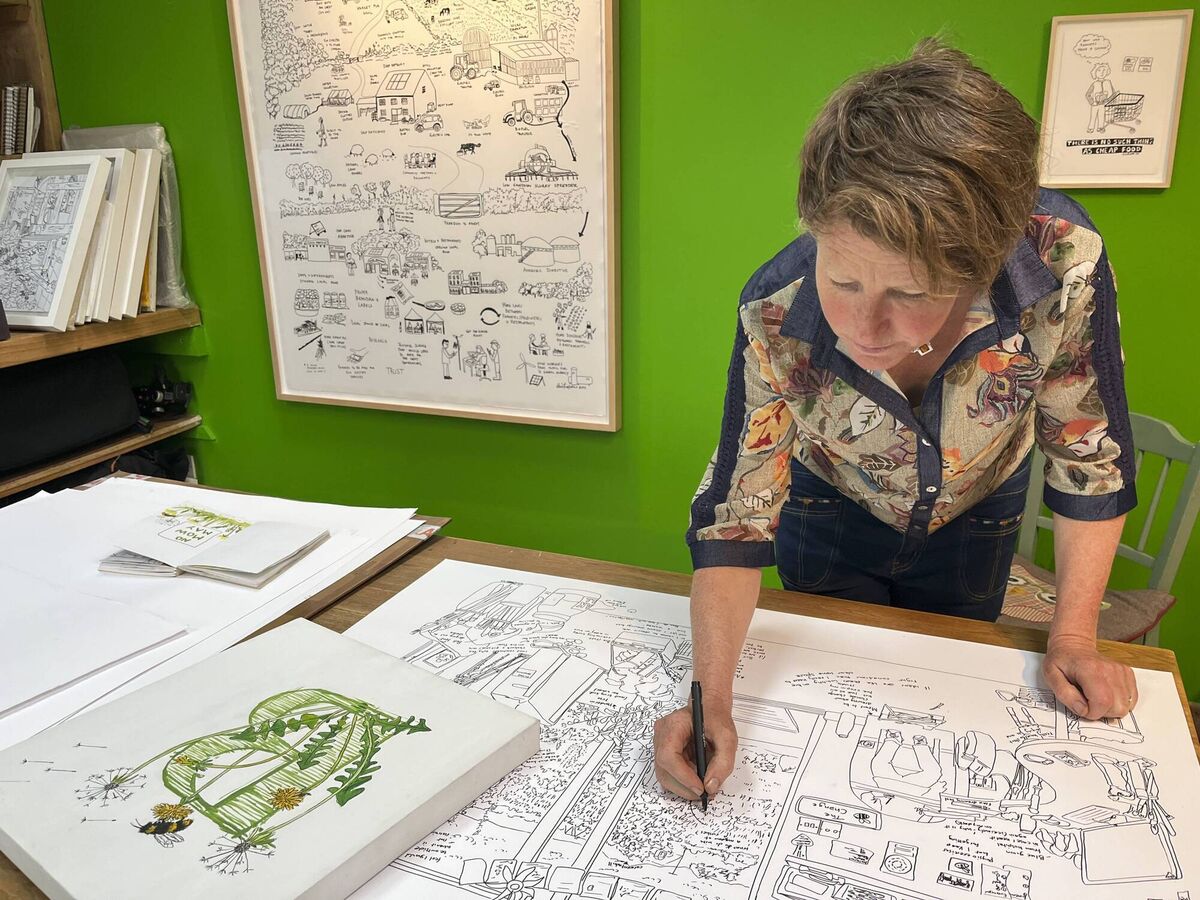
If art connects, it also has the power to bring about change. As Lisa Fingleton says: “The news needs to highlight this potential, and not just focus on all the negative news which only creates fear and stagnation. There are so many people doing extraordinary things and so many wonderful, imaginative and creative projects that we just don’t see reflected in our national news.”
Such as Anam, the new arts and literature festival launched in Tralee last year. It’s too late now to talk about the line-up of writers, poets, spoken-word artists, musicians and playwrights it brought together for a three-day event in July.
Though, it’s not too late to feature one of those playwrights, Mary Quirke, whose prolific work is a study in the symbiotic relationship between sport and culture.
She has written and directed numerous novelty-act scripts for Scór, the part of the GAA which promotes Irish culture and creativity. She has also written, produced and directed four full-length plays which were performed at the clubhouse of Tralee GAA team, Na Gaeil.
She’s back in the clubhouse on September 12 and 13 to direct Mary Ross in , a tribute to Mary Ross’s late mother Irene Ross and a fundraiser for the palliative care unit at University Hospital Kerry.
That single event is a lesson in how culture acts as the glue in our communities.
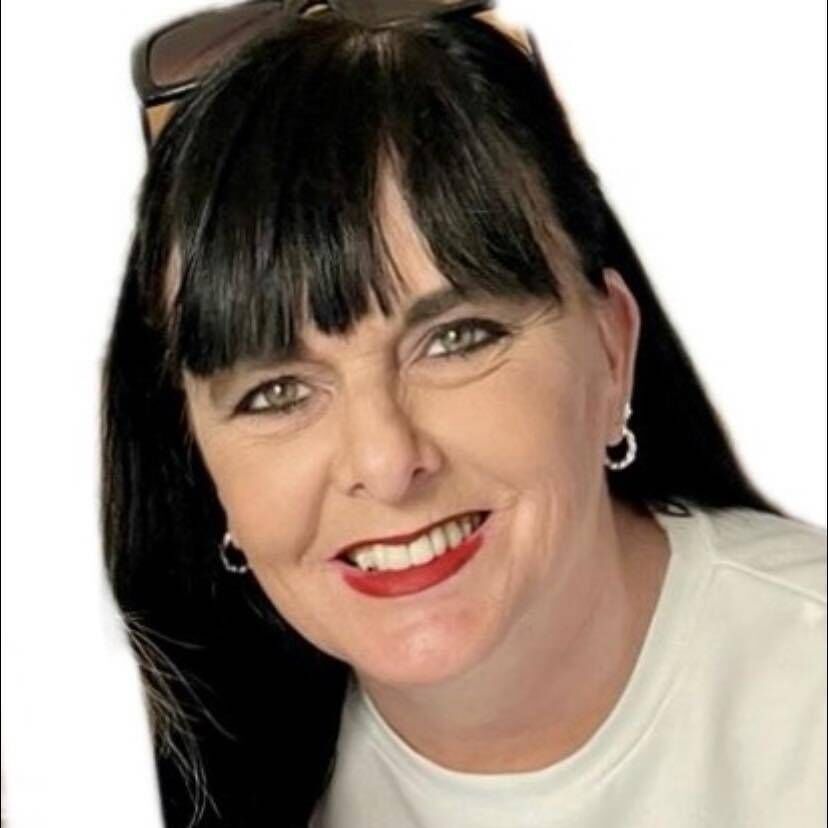
Mary Quirke is also a creative associate with the Arts Council, helping schools to integrate arts and creativity into education. We are reminded frequently of the benefit of encouraging sport in schools, but not nearly often enough of the benefits of creativity.
She speaks effusively about those benefits — lifelong communication skills and confidence to mention two — and says it’s her vision that every child be given the opportunity to engage in creativity and the arts.
Wouldn’t that endeavour make a great item for the evening news? It could not have wider application as it affects anyone who goes to school. And it is, to use Brendan Gleeson’s evocative word, a levitator in the national conversation.
The line-up for Culture Night has just been announced as Heritage Week comes to a close. Both of those events show that there is ample material to have Culture Night every night on the evening news.
Perhaps on one of those evenings, we might even include a slot on Saint Lasair and her forgotten miracles, which are recounted in one of the very few surviving lives of Irish holy women. As her brother once said of her: “Noble miracles wrought she/ in the church above Ard Locha [Galway]./ She took the priest out of imprisonment,/ and saved the child from misery.”
Her feast day is November 13. A fine day for a piece on the .








